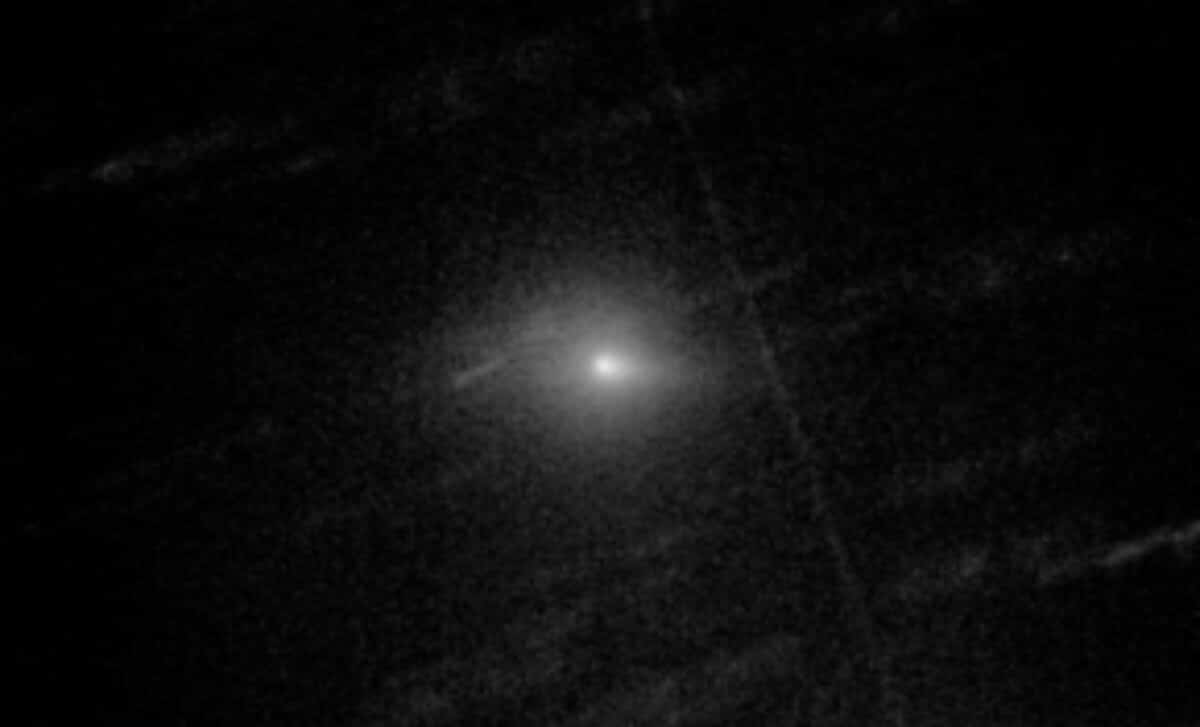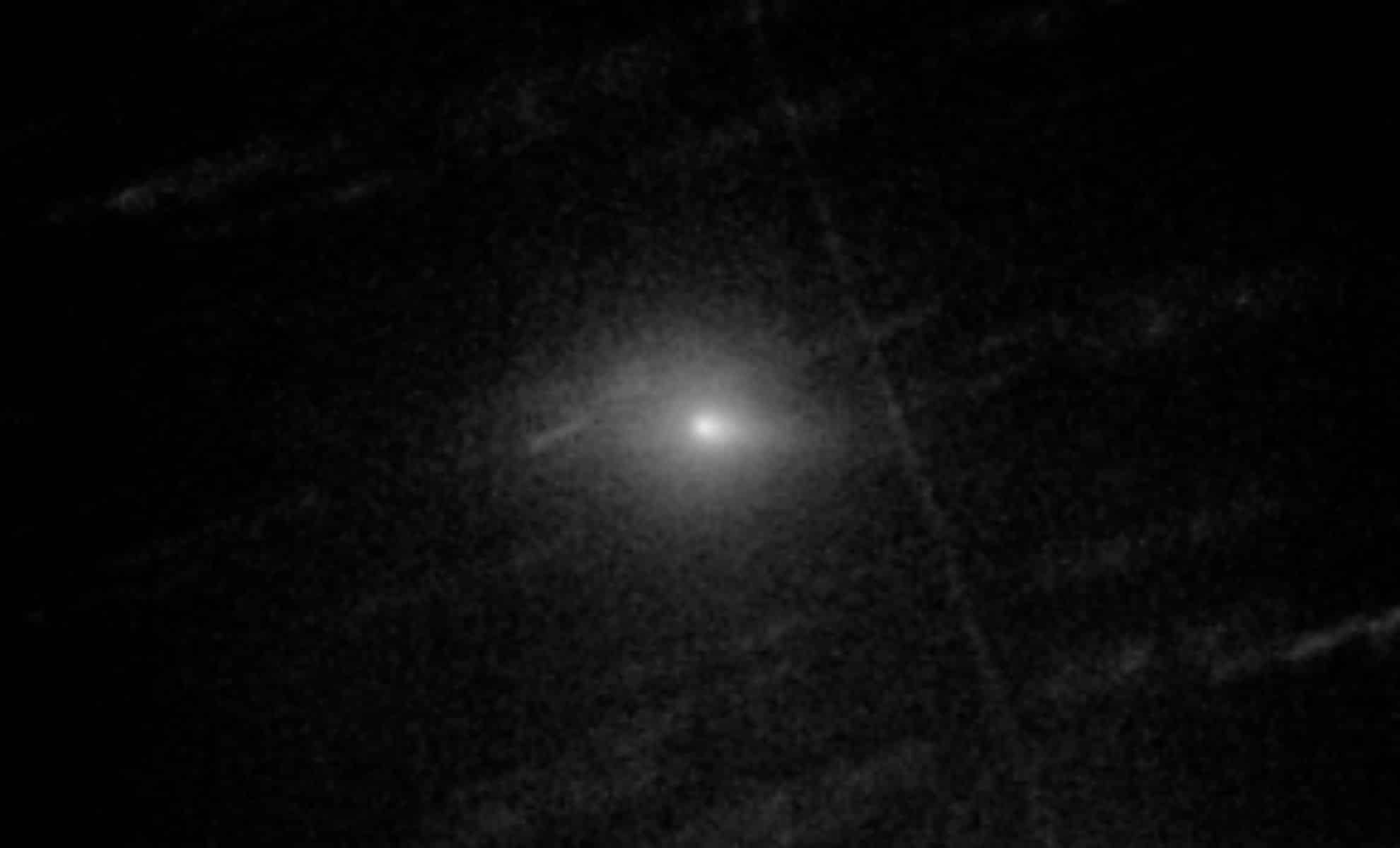Astronomers have discovered a new sungrazer comet, C/2024 S1 (ATLAS), which could become visible to the naked eye later this month. Making its closest approach to Earth on October 24, the comet will then swing within 765,000 miles of the Sun on October 28, risking disintegration from the Sun’s intense heat.
Newly Discovered ‘Sungrazer’ Comet Could be Visible with The Naked Eye This October

In a thrilling celestial event, astronomers have discovered a new sungrazer comet named C/2024 S1 (ATLAS), which could become visible to the naked eye later this month. This discovery follows the recent appearance of Comet Tsuchinshan–ATLAS, a bright comet that has been visible throughout the first half of October. However, the newly found comet C/2024 S1 is expected to be a spectacle of its own as it makes a daring approach toward the Sun, potentially becoming one of the brightest objects in the sky. Observers in the Southern Hemisphere may be treated to an unforgettable view of this rare comet as it completes its solar slingshot.
What Makes C/2024 S1 A 'Sungrazer'?
A sungrazer comet is a comet that passes extremely close to the Sun, often coming within just a few million miles of the star’s surface. These comets are particularly exciting to observe because their close approach to the Sun often causes them to brighten dramatically, but it also puts them at risk of disintegrating due to the intense heat and gravitational forces they encounter.
C/2024 S1 will make its closest approach to the Sun, known as perihelion, on October 28, coming within just 765,000 miles (1.2 million kilometers) of the Sun’s surface. This proximity makes the comet a true sungrazer, and astronomers are unsure whether it will survive this close encounter. If the comet manages to endure the intense heat, it will be catapulted back into the outer solar system, and it may continue to brighten as it moves away from the Sun.
Key Dates for Viewing the Comet
The new comet C/2024 S1 will be closest to Earth on October 24, coming within 81.8 million miles (131.6 million kilometers) of our planet. At its peak brightness, which is expected to occur between October 24 and October 28, the comet could become brighter than Venus and may be visible to the naked eye under favorable conditions.
However, the best opportunity to view C/2024 S1 will be in the Southern Hemisphere, particularly just before dawn when the comet will be high in the sky. In the Northern Hemisphere, skywatchers may still have a chance to see the comet between October 29 and 31, though it will likely be dimmer by that time. For those hoping to catch a glimpse, using binoculars or a small telescope can significantly improve the chances of seeing the comet’s details.
A Rare Green Glow
What sets C/2024 S1 apart from other comets is its unusual green glow, which has been reported by early observations. The comet’s vibrant color is caused by the presence of dicarbon molecules in its coma—the cloud of gas and dust surrounding the comet’s nucleus. When exposed to sunlight, these dicarbon molecules emit a green light, giving the comet a distinctive appearance.
This green coloration is similar to the phenomenon observed in the “devil comet” (12P/Pons-Brooks) earlier in the year, which also glowed green as it approached the Sun. Such a glow is relatively rare among comets and adds to the spectacle of C/2024 S1 as it travels through the inner solar system.
Will the Comet Survive its Solar Encounter?
While the discovery of C/2024 S1 has sparked excitement among astronomers and skywatchers, there is no guarantee that the comet will survive its encounter with the Sun. Sungrazing comets often disintegrate when they come too close to the Sun, torn apart by the Sun’s gravitational pull or vaporized by its intense heat. In April 2024, another sungrazer comet was observed approaching the Sun but disintegrated shortly after making its closest pass.

If C/2024 S1 does break apart during its solar flyby, it may not be visible for long after its perihelion on October 28. However, if it manages to survive, the comet could put on a spectacular show as it moves away from the Sun and continues its journey through space.
How to Track C/2024 S1
Skywatchers eager to track the comet’s progress can use online tools such as TheSkyLive.com, which provides real-time data on the comet’s location and visibility. For those with access to binoculars or a telescope, these tools can help determine the best times and locations for observing C/2024 S1 in the night sky.
The comet’s brightness and visibility will depend on several factors, including its proximity to the Sun and Earth, as well as local weather conditions. Observers in areas with clear, dark skies will have the best chances of seeing the comet at its peak brightness.
A Month of Rare Celestial Events
October 2024 has proven to be an extraordinary month for comet enthusiasts. Comet Tsuchinshan–ATLAS, which made its closest approach to Earth on October 12, has been visible throughout the first half of the month. Although it is now beginning to fade from view, Tsuchinshan–ATLAS provided skywatchers with stunning views and an opportunity to capture photographs of its journey.
Now, with C/2024 S1 making its approach, the skies offer yet another rare opportunity to witness a sungrazer comet. Whether or not the comet survives its encounter with the Sun, the discovery of C/2024 S1 has made October a month to remember for stargazers and comet enthusiasts around the world.




